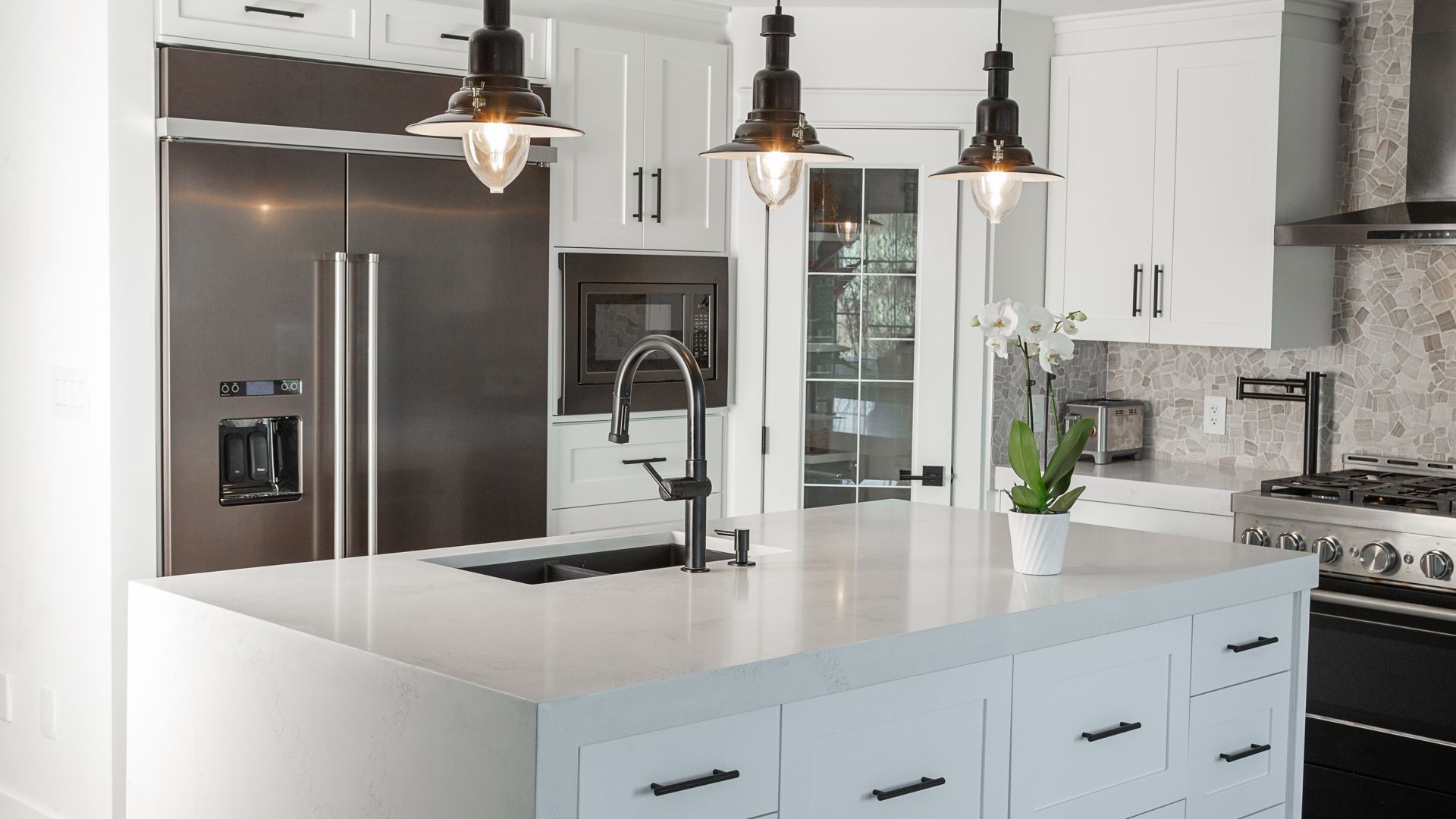A sewer line is one of the most important parts to your plumbing system, as it’s responsible for carrying your wastewater of all different types away in a safe and sanitary fashion. However, while they may be nothing more than a network of pipes, they aren’t immune to damage. Since they’re buried underground, they could face wear and tear from things like rainwater being absorbed into the ground, heat from the sun, shifting soil, and so much more. What passes through these lines can also cause serious damage if it’s particularly abrasive or corrosive in nature.
If it’s not apparent yet, there is no one single cause of sewer line breakdowns, and it’s not so much a matter of if you’ll have to deal with a sewer line problem, but a matter of “when.” Make no mistake, these issues are not common, so you may not see any issues at all for decades at a time, but when one does, you need to be able to recognize the signs and get it fixed quickly.
To help you do that better, here are three of the most common sewer line problems you could face, plus some of the signs of each of them, and what you can do to fix them as quickly as possible.
Pipe Corrosion
Pipe corrosion is one of the most common issues with sewer lines, and simply comes from the metal in your sewer line reacting with the wastewater that travels through them. As you might expect, this is almost exclusively a problem with metal sewer lines, which are actually fairly common because of their longevity and durability.
How do you know if pipe corrosion is affecting your sewer line? A camera inspection is the easiest way. Camera inspections of your sewer line allow you to see the inside of your sewer line for yourself, and spot any potential weak spots or points where leaks may have developed. You may not realize it, but the years and years of service may eat away at the bottom of your pipe, creating a serious gap which could be spilling sewage into your property. The easiest way to prevent this problem is to simply be aware of what you’re flushing down the toilet, and do what you can to avoid flushing anything that’s strongly acidic—the acids react strongly, and lead to faster wear and tear.
Pipe Shifting
Foundation shifting, sinkholes, or even just an excess of rain water can cause the substrate that your pipe is buried under to give way, buckle, bow, or shift in some manner, and this shifting can cause your sewer line to change shape. In some cases, the shifting just causes something like the slope to adjust, but in others it may cause cracks or leaks at pipe fittings or joints, resulting in leaks and possible intrusion into your sewer lines. Shifting can also cause damage in the form of bowing in your lines, which prevents the normal flow of water. It could also cause cracks, separations at joints, and so much more. And arguably the worst part about shifting: there’s almost nothing you can do to prevent it. The best thing you can do is have your sewer line inspected every few years to make sure no major shifting has happened, and if it has, that you act quickly to get it fixed.
Tree Root Intrusion
Tree root intrusion is a huge problem for sewer lines that are built close to trees, especially older sewer lines and older, more established trees with larger root networks. As trees grow, they require more water, and that means their roots will continue to expand to look for more water they can absorb to continue the growth cycle. It’s not uncommon for these microscopic roots to find the smallest of cracks or gaps in sewer lines, which they dig into and find water. The water and other substances act like a catalyst, causing that root to grow even larger until it eventually completely blocks off your sewer line and backs up every drain and toilet in your house.
Tree root intrusion is one of those issues that doesn’t happen quickly, and more often than not you’re simply tempted to dismiss it as some other issue. Most of the time people don’t realize this has happened until their drains are completely stopped and they’re inspecting their sewer line with a video camera and see it. It’s important to know where your plumbing lines are laid, and inspect your plumbing lines as soon as possible if you see any signs that your drains may be slowing down.
If you’ve got a problem with your sewer line, our Memphis plumbers can help you fix it.Call Smith’s Plumbing Services at (901) 290-1110 and we’ll come help you resolve your problem as soon as possible!